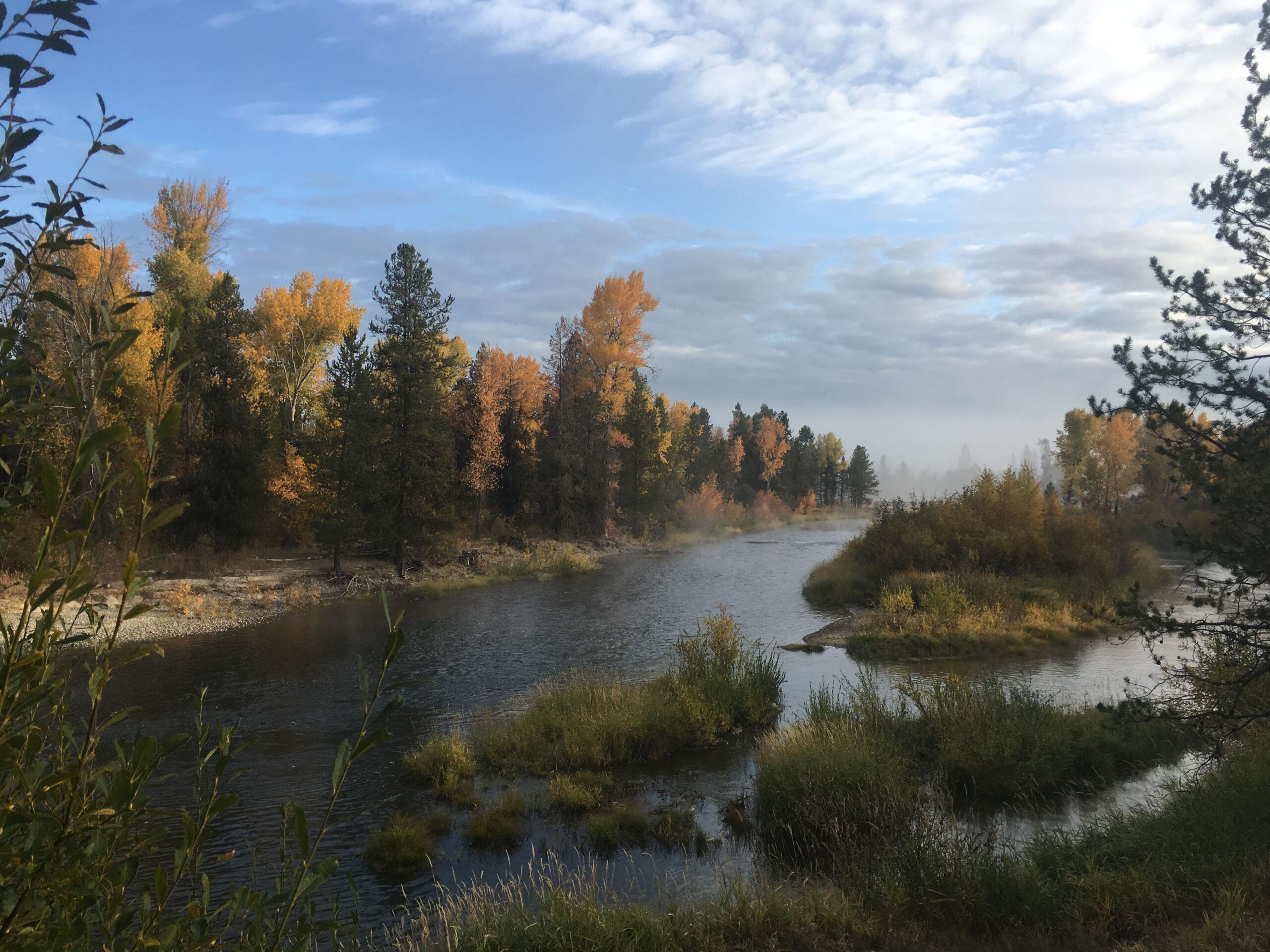Mission & Key Programs
The mission of Bear River Land Conservancy is to preserve the benefits of land and water in Northern Utah and the Bear River Watershed for present and future generations. We do this by partnering with communities and landowners to permanently sustain the heritage of working lands and protect natural areas.
Our key program is our Bear River Watershed Initiative. This initiative is a partnership between multiple organizations including Bear River Land Conservancy, Sagebrush Steppe Land Trust, Intermountain West Joint Venture, Trout Unlimited, and others to increase the pace and scale of conservation in the Bear River Watershed. Together we have preserved over 10,000 acres in the past four years, and we have leveraged significant resources to improve aquatic connectivity and habitat for Bonneville cutthroat trout and other riparian species.
service area
Bear River Land Conservancy primarily holds, facilitates, and protects land in the Box Elder, Cache, and Rich Counties of northern Utah. However, through our partnerships, we also assist with projects in other portions of the Bear River Watershed as well.

unique in the transboundary rocky mountains
Bear River Land Conservancy’s service area represents the southernmost extent of the Heart of the Rockies Initiative service area and a significant portion of the Bear River Watershed.
Ranging in elevation from over 13,000 feet in the Uinta Mountains to 4,211 feet at the Bear River delta and Great Salt Lake, the Bear River Watershed encompasses 7,500 square miles of mountain ranges, sagebrush-steppe uplands, rich agricultural valleys, semi-desert lowlands, saline estuaries, and everything in between. At the heart of the watershed, the Bear River meanders over 500 miles and is the largest river in the western hemisphere that never reaches an ocean. Ending just 80 miles from its source as the crow flies, the river and surrounding watershed form a relatively closed-loop system between the Green/Colorado River drainage flowing south to the Gulf of California and the Snake River drainage flowing northwest to the Columbia River and Pacific Ocean. The watershed’s diversity and position within the landscape of the Intermountain West provide abundant habitat and a major ecological connection between the Greater Yellowstone Ecosystem and Southern Rocky Mountains (Theobald et al., 2011).
The structure and topography of the landscape within the Bear River Watershed creates diverse habitats that support a variety of fish, mammals, reptiles, and amphibians as well as over 300 species of resident and migratory birds (USFWS LPP, 2013). The watershed provides several major corridors for wide-ranging species such as mule deer, pronghorn, and wolverine. Wet meadows and irrigated agricultural lands in valley bottoms provide crucial stopover points for migratory shorebirds, wading birds, and waterfowl. Upper reaches of the Bear River and its tributaries throughout the watershed provide some of the last remaining habitat for Bonneville cutthroat trout (BCT). Trout Unlimited (TU), our partner in the watershed, is actively working with agencies, nonprofits, and landowners to implement conservation measures that restore and reconnect habitat for BCT and ensure the species persists. Wetland complexes along the lower reaches of the Bear River and its interface with Great Salt Lake also provide a unique crossover point for migratory birds traveling the Central and Pacific Flyways.
Most public lands in the watershed consist of higher elevation mountainous areas, leaving the vast majority of lower-lying foothills and valleys in private ownership. For more than 140 years, these privately-owned farm and ranch lands have provided valuable open space and facilitated habitat connectivity and wildlife movement both within and across the watershed. Corridors and linkages across these working lands maintain system resiliency in the face of climate change and prolonged periods of drought. However, unprecedented growth (Utah and Idaho are consistently among the fastest growing states in the country) is resulting in significant landscape fragmentation and permanent disruption of key linkages and corridors.
project highlight
Learn about the Evans Ranch conservation easement here.https://www.bearriverlandconservancy.org/sagwich-basin


